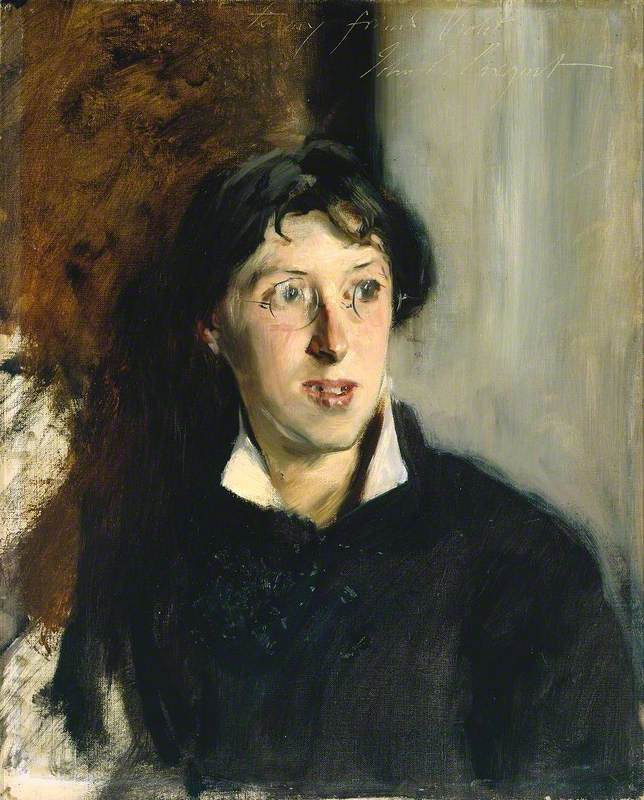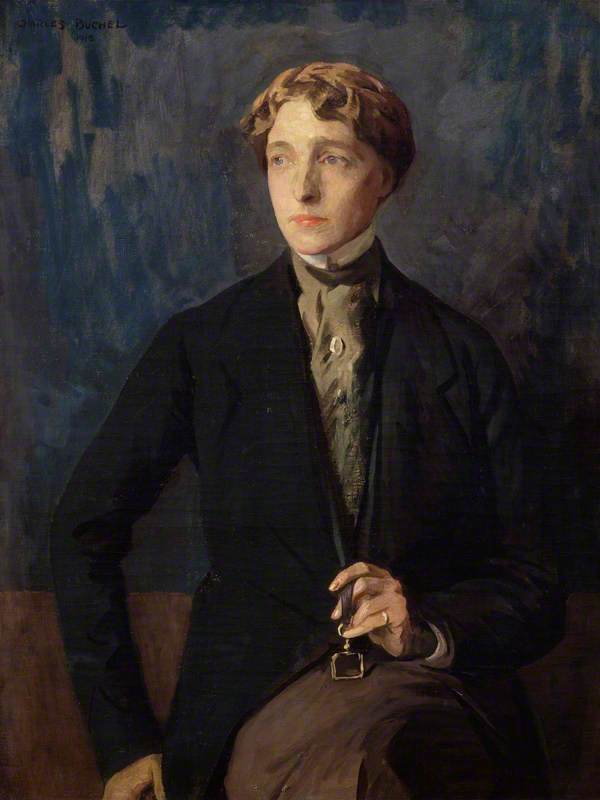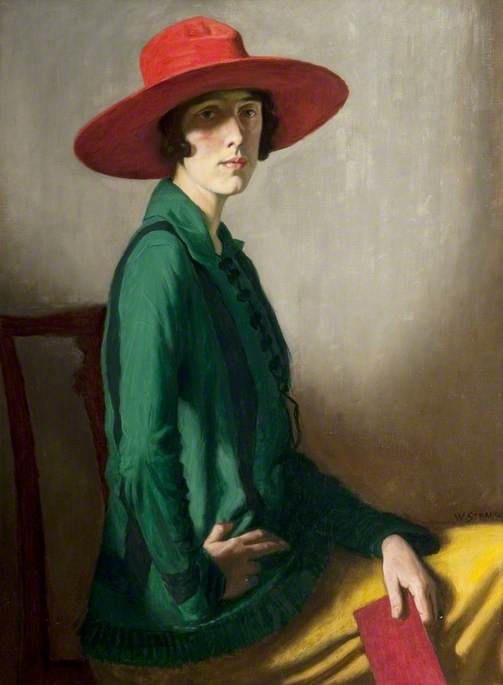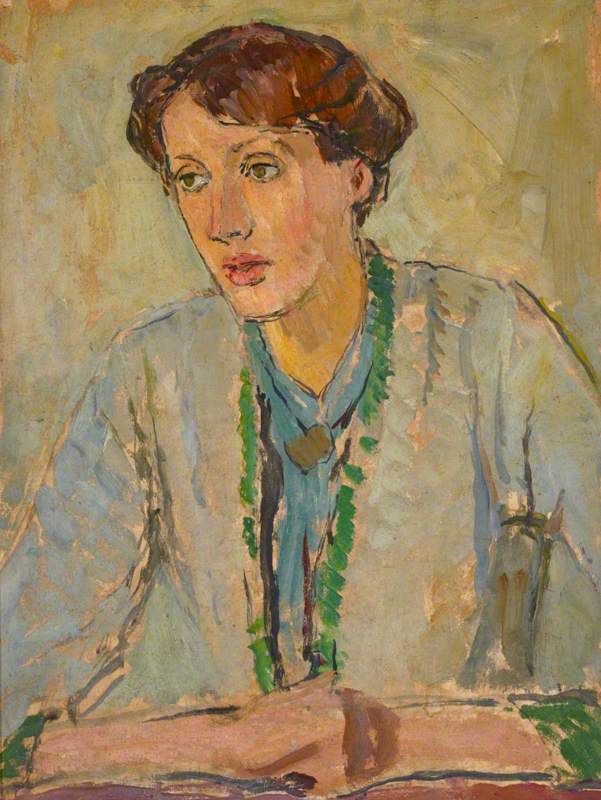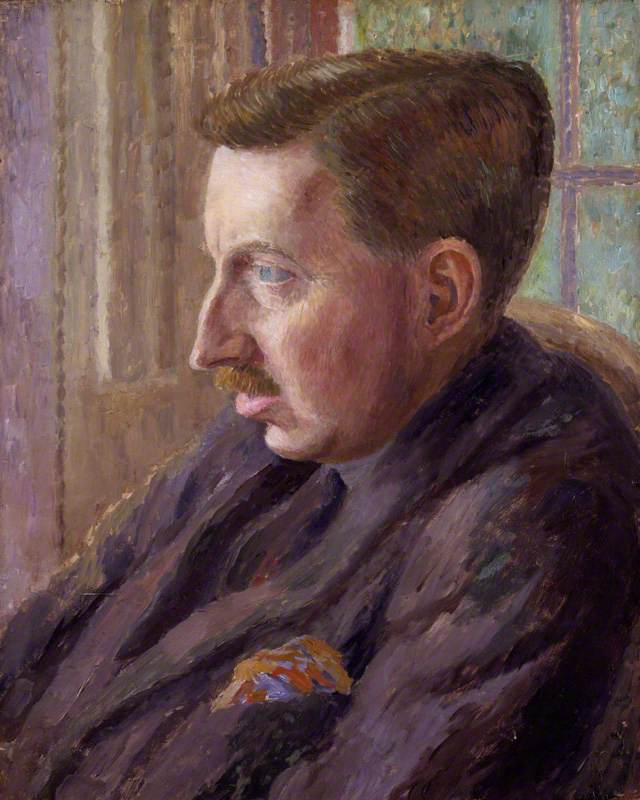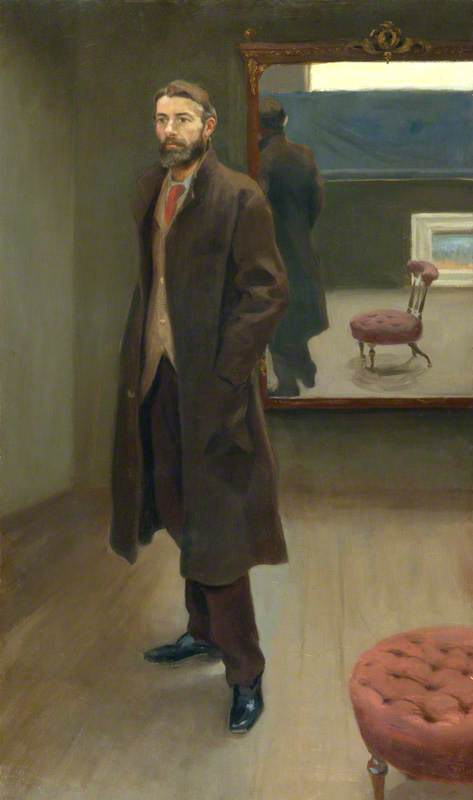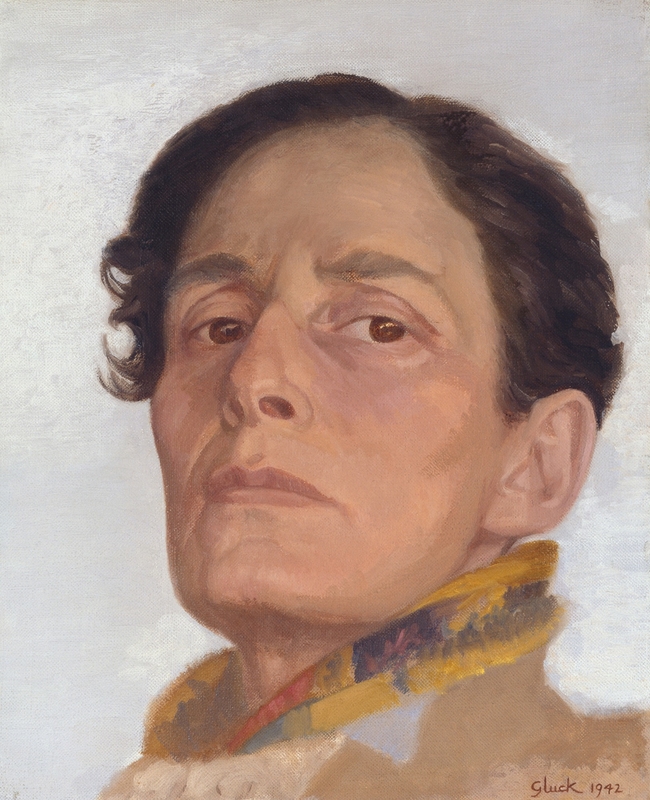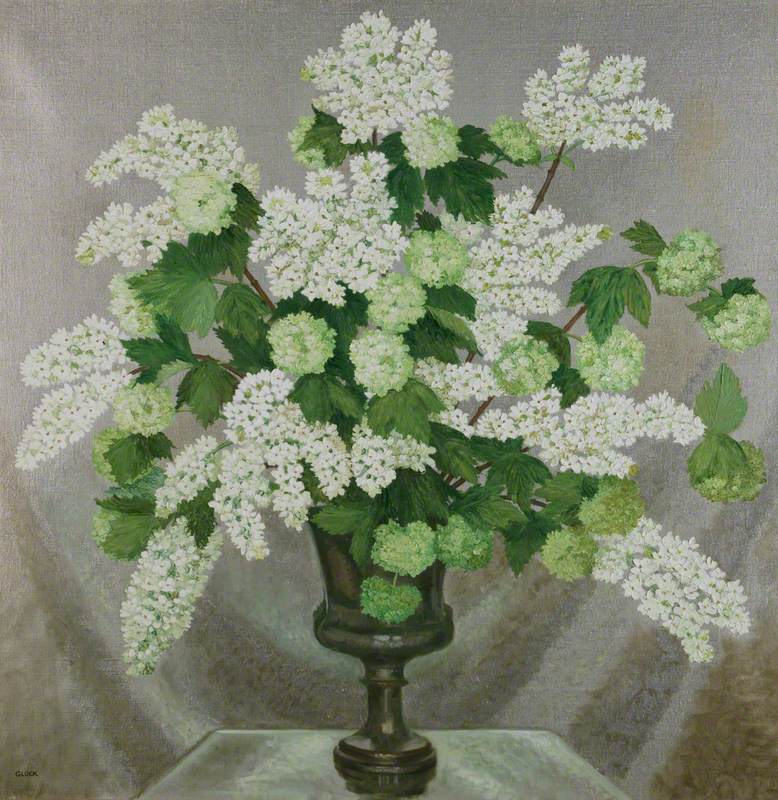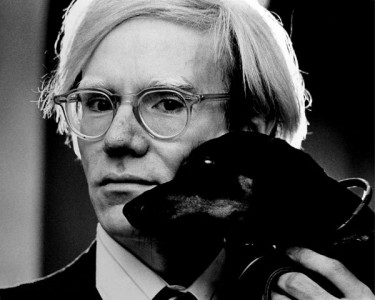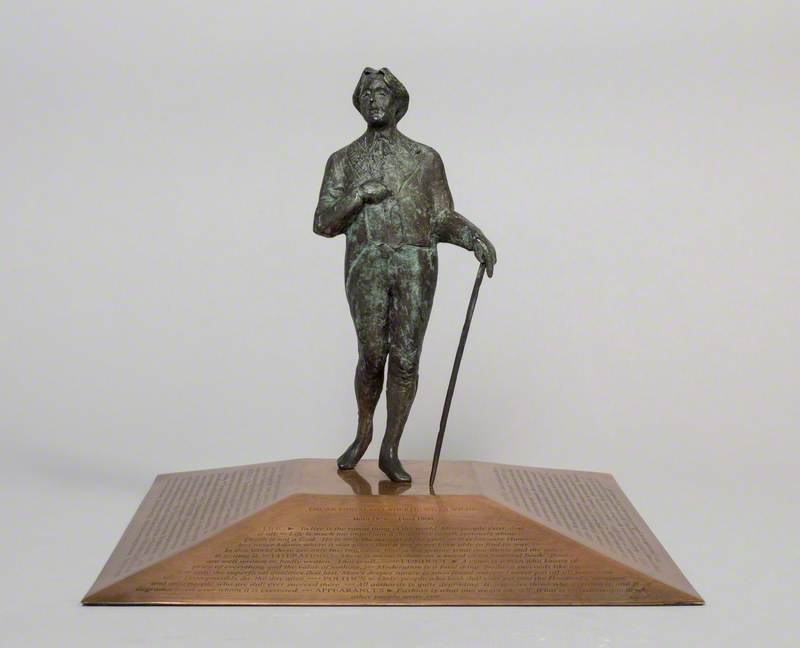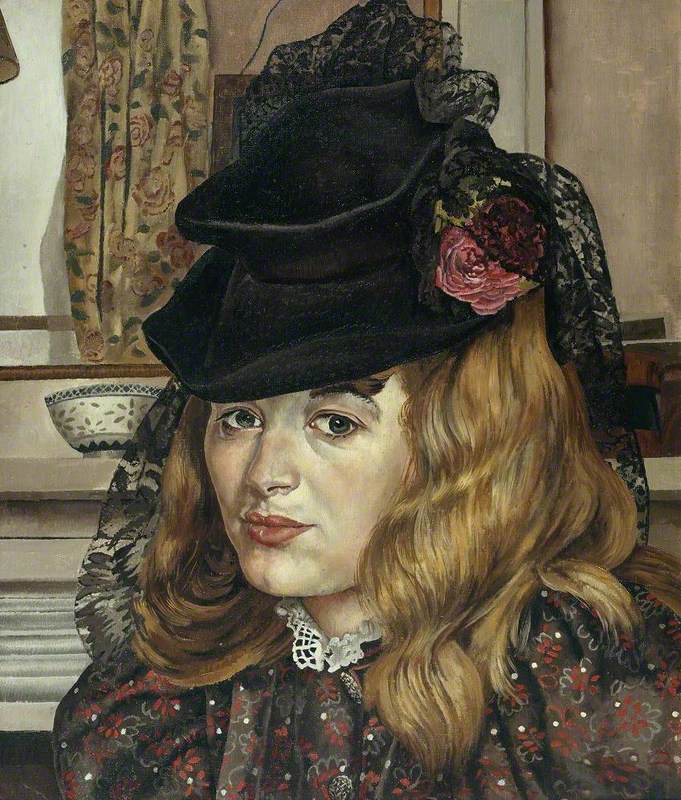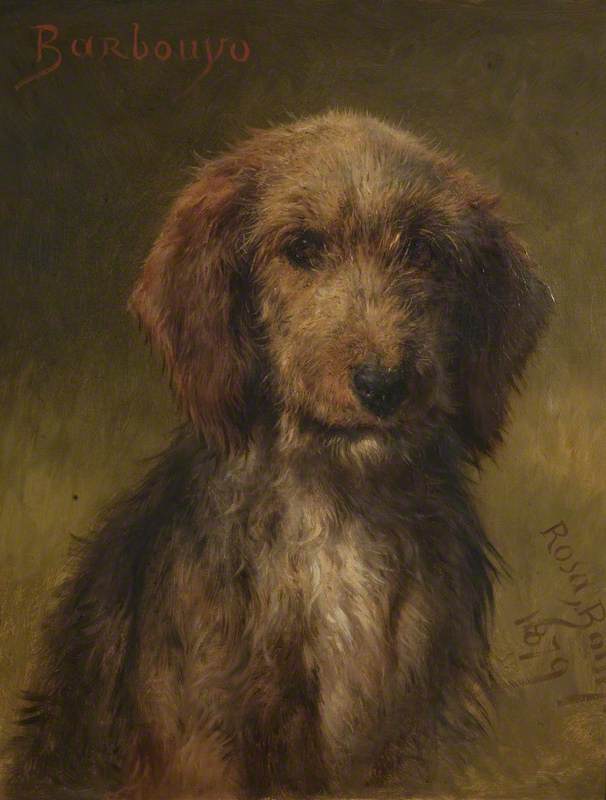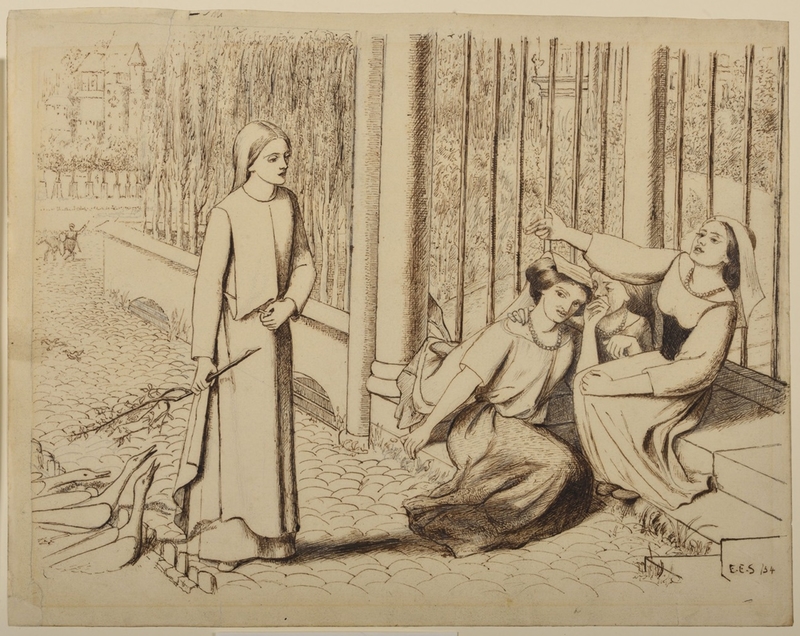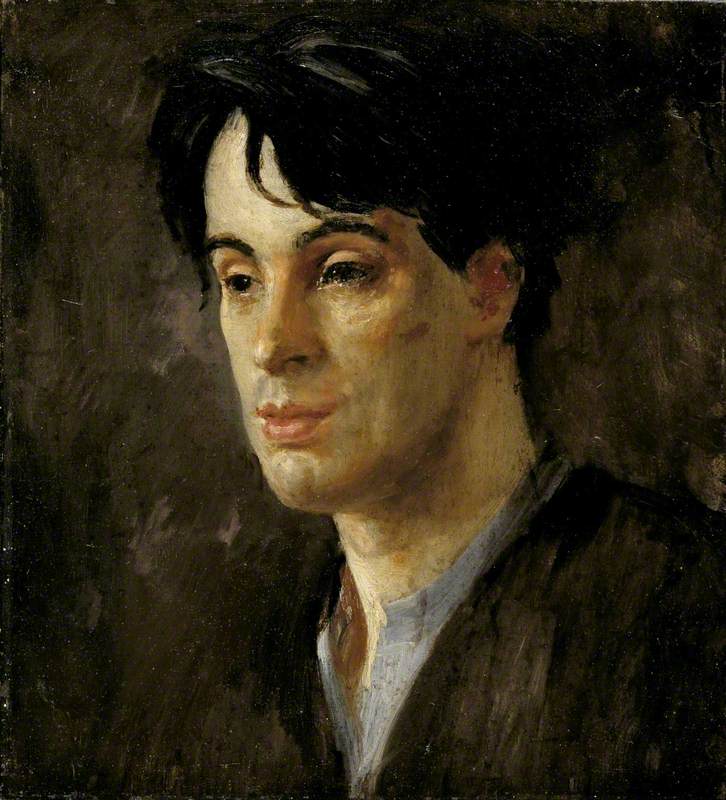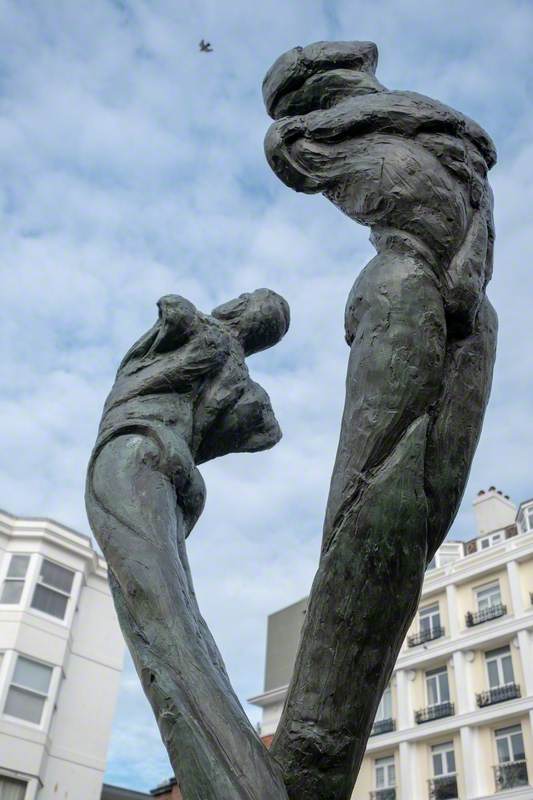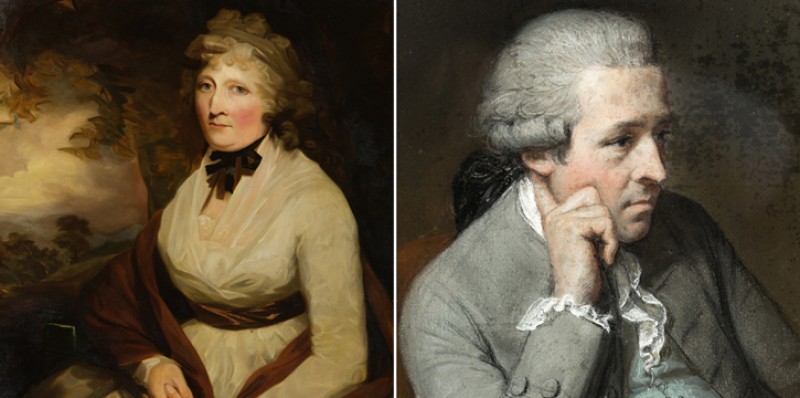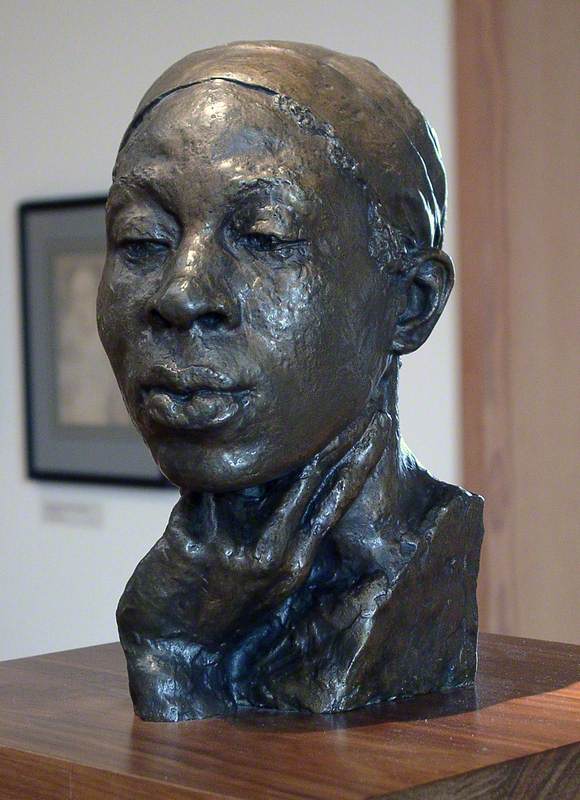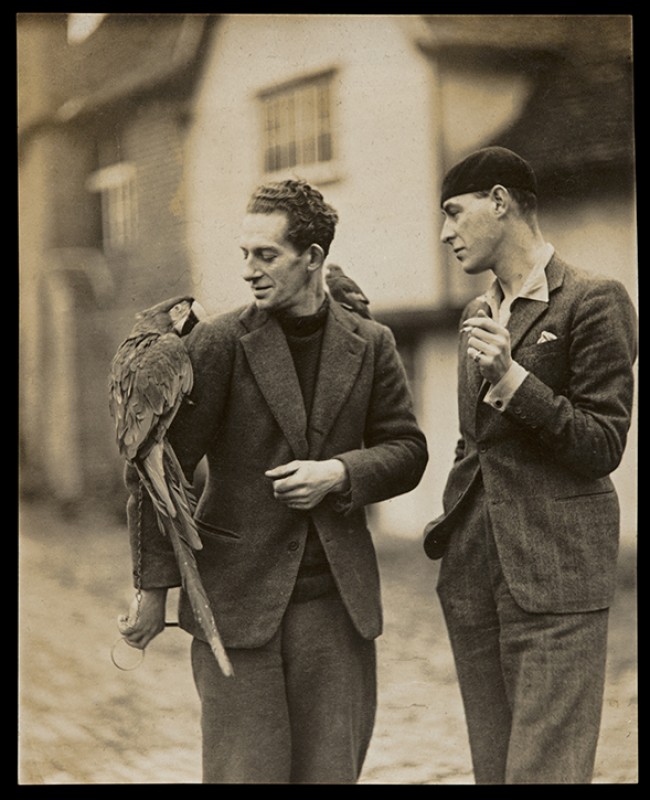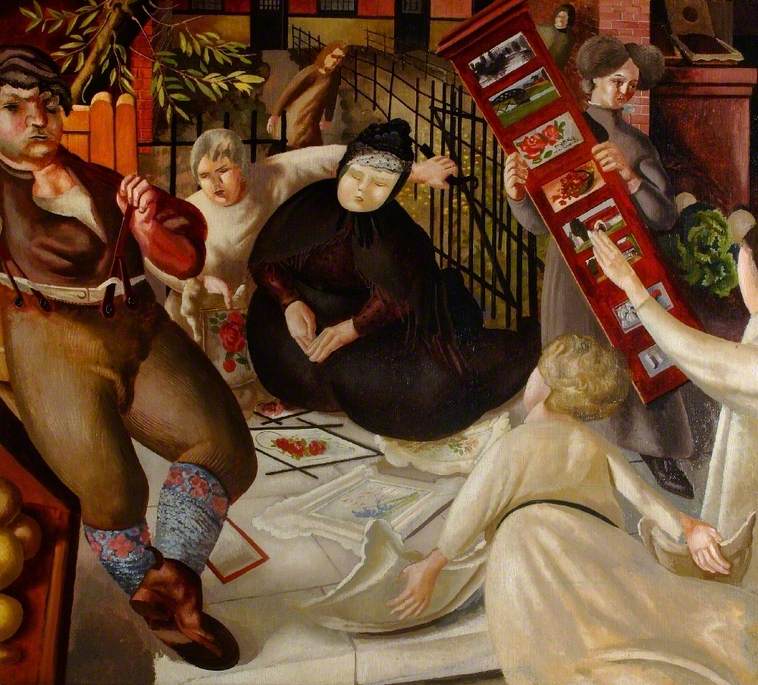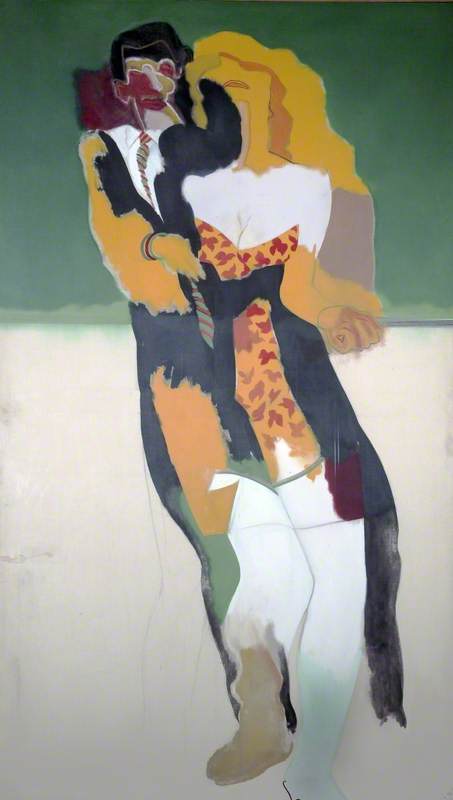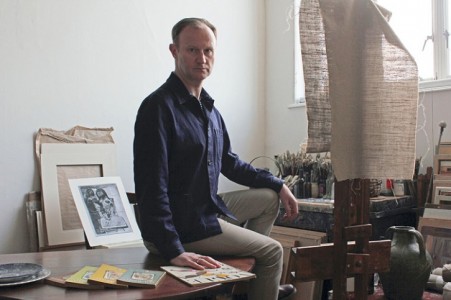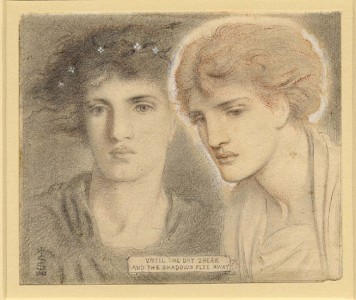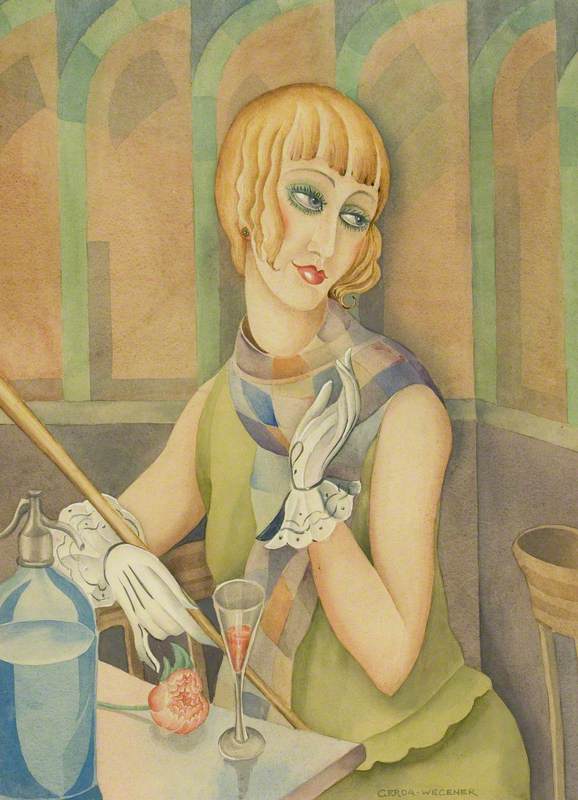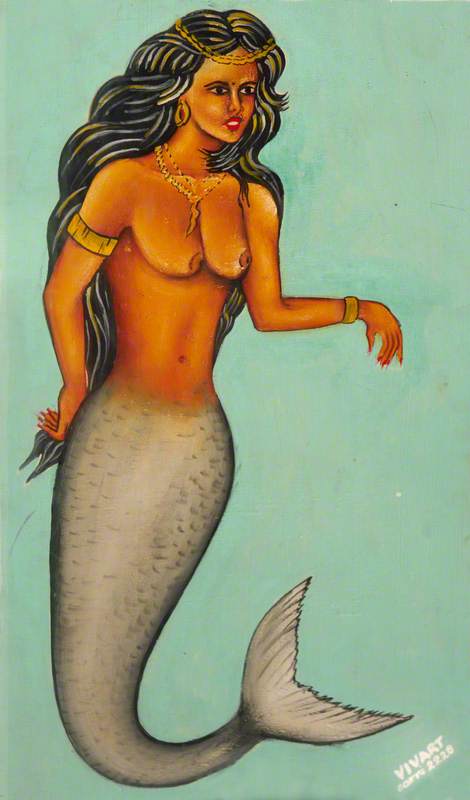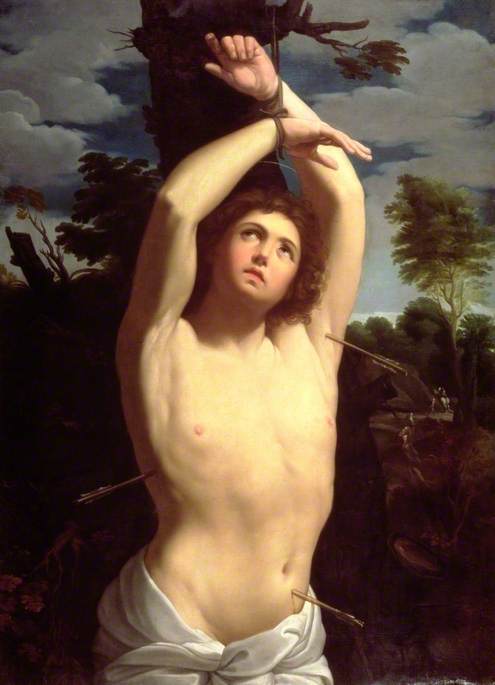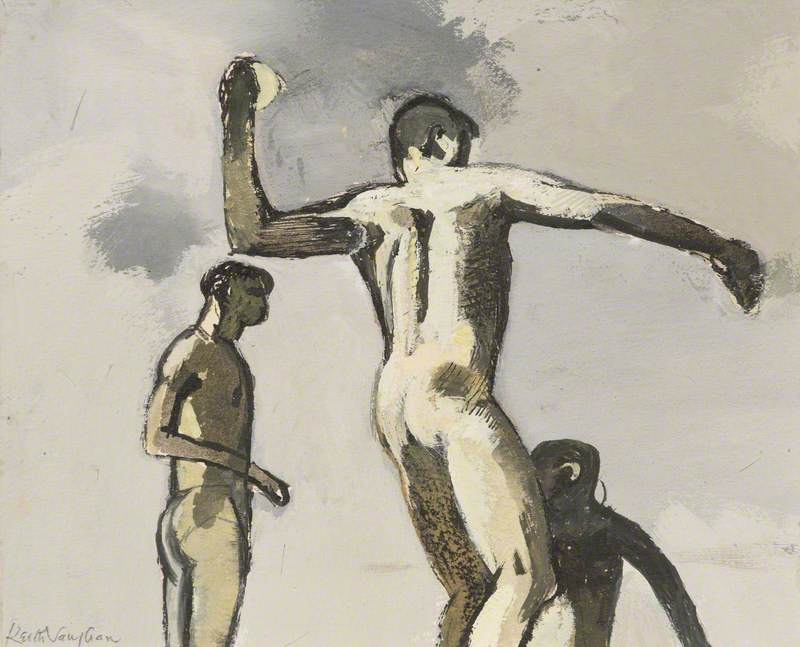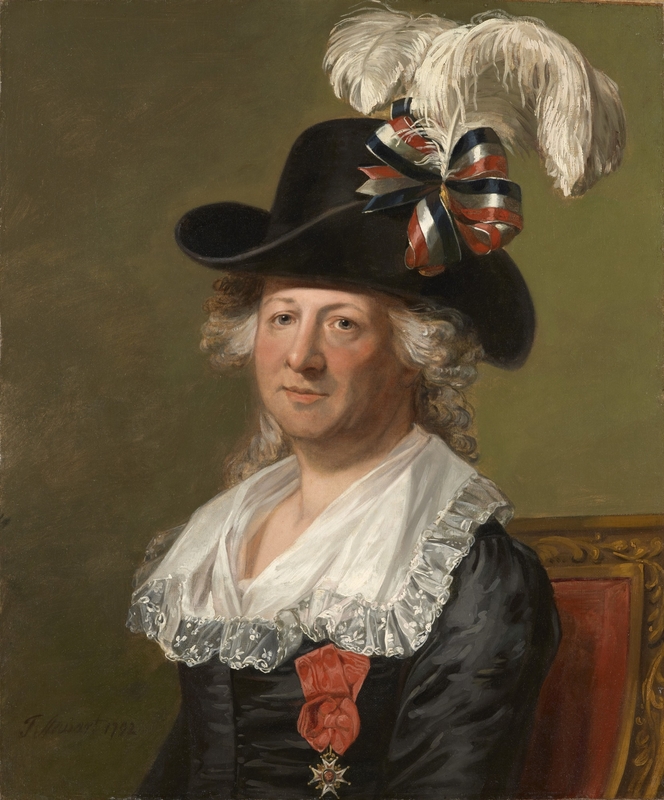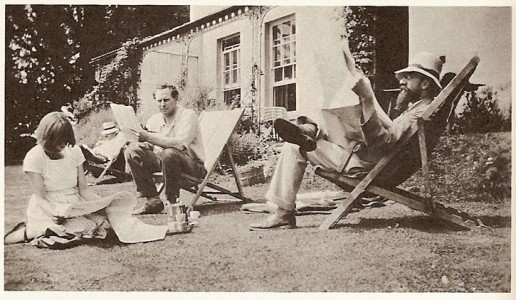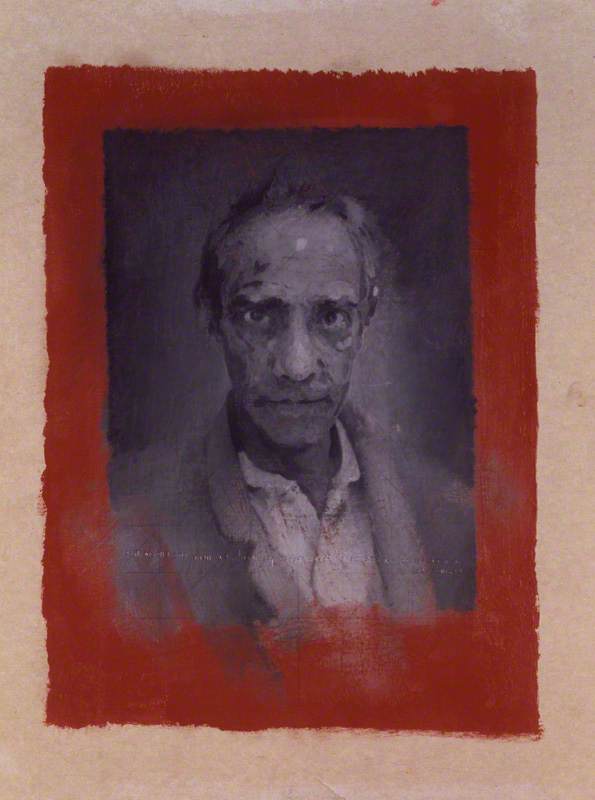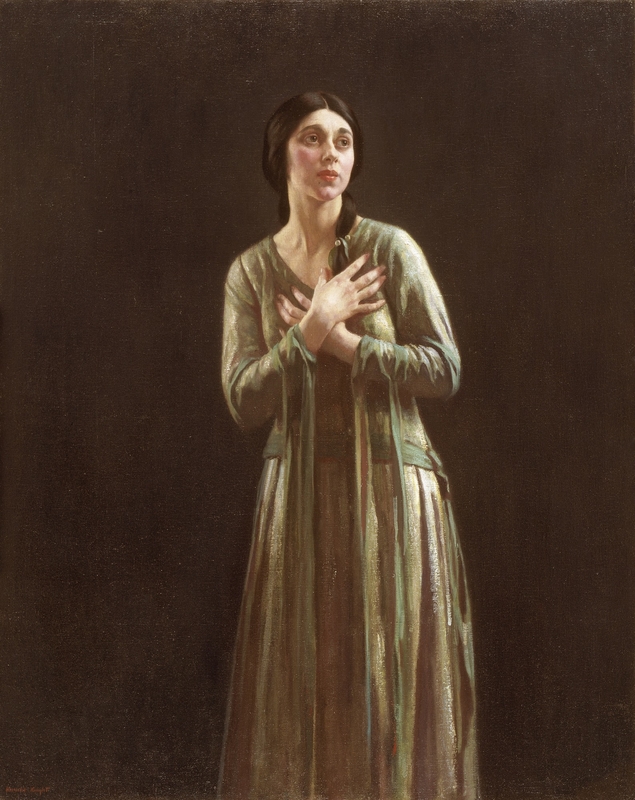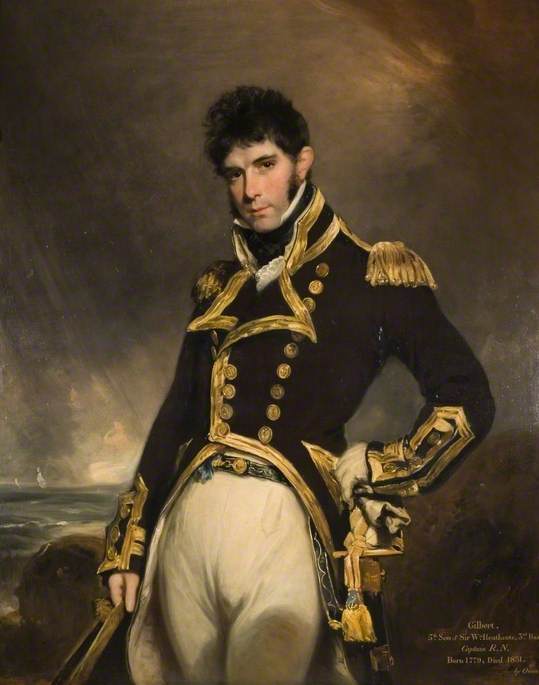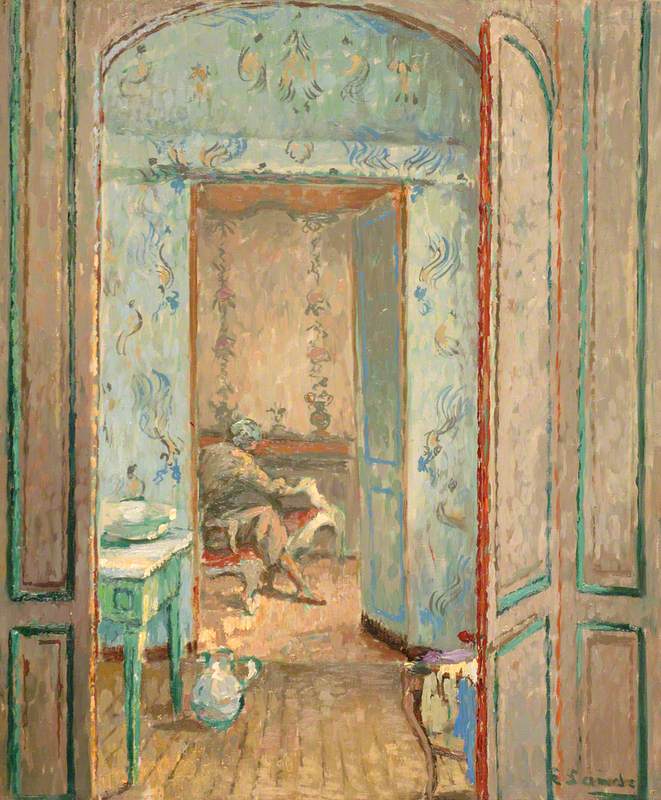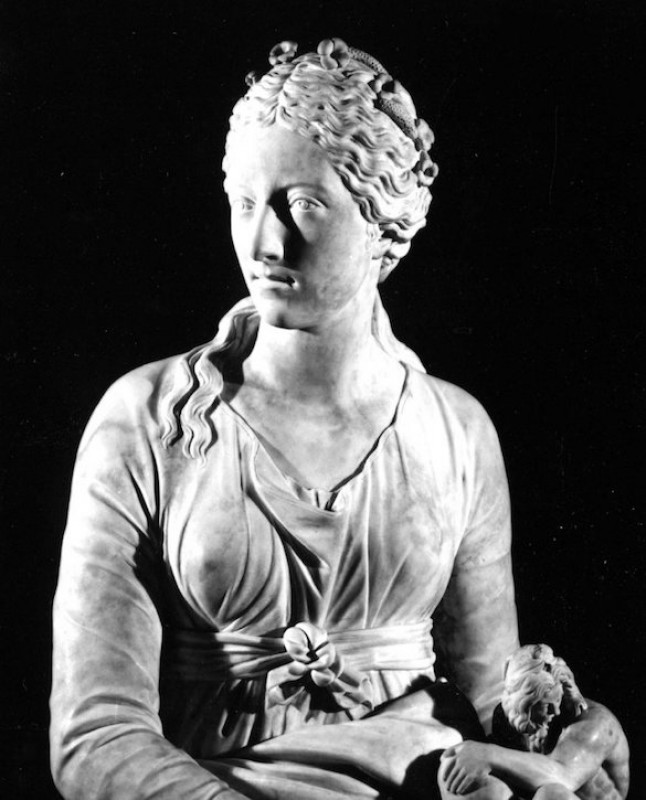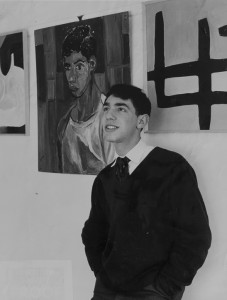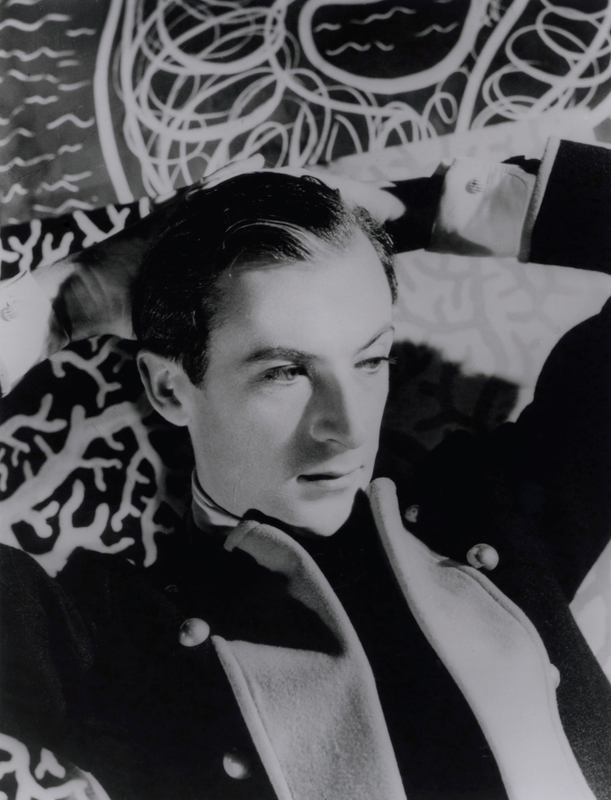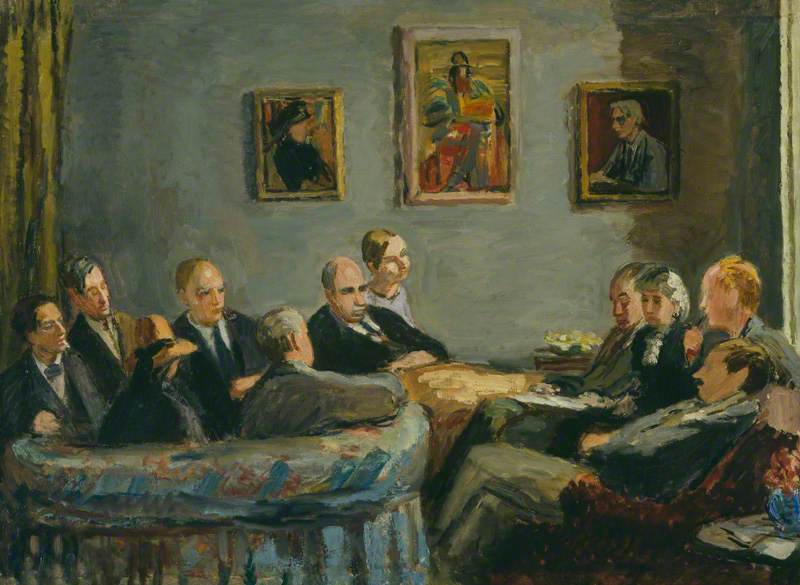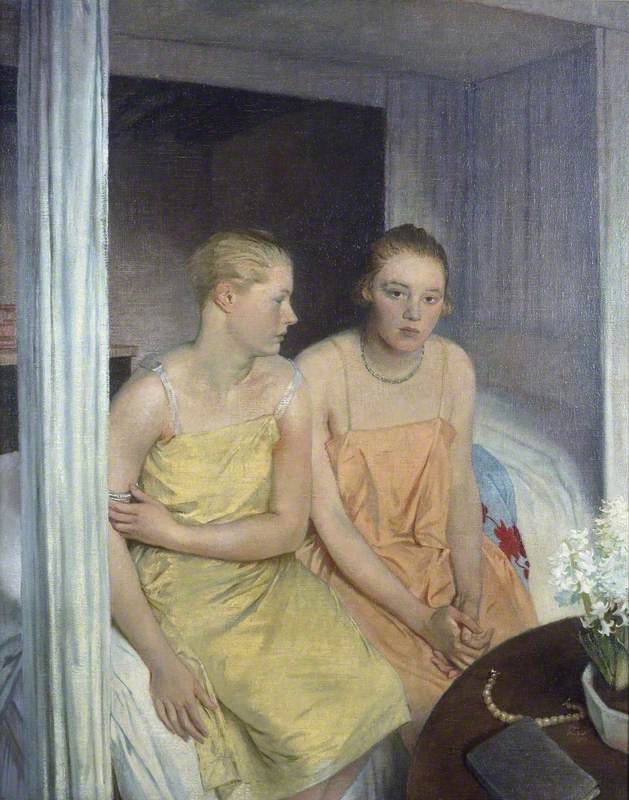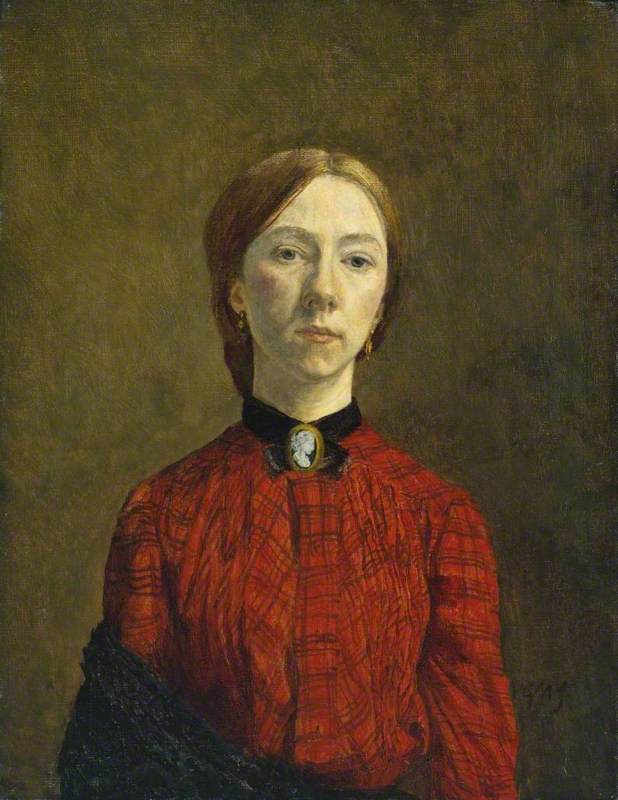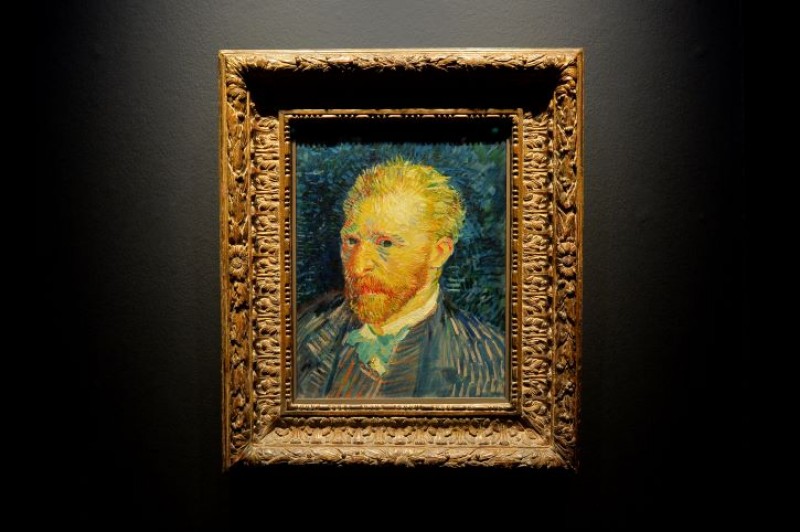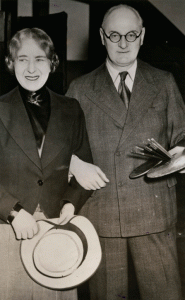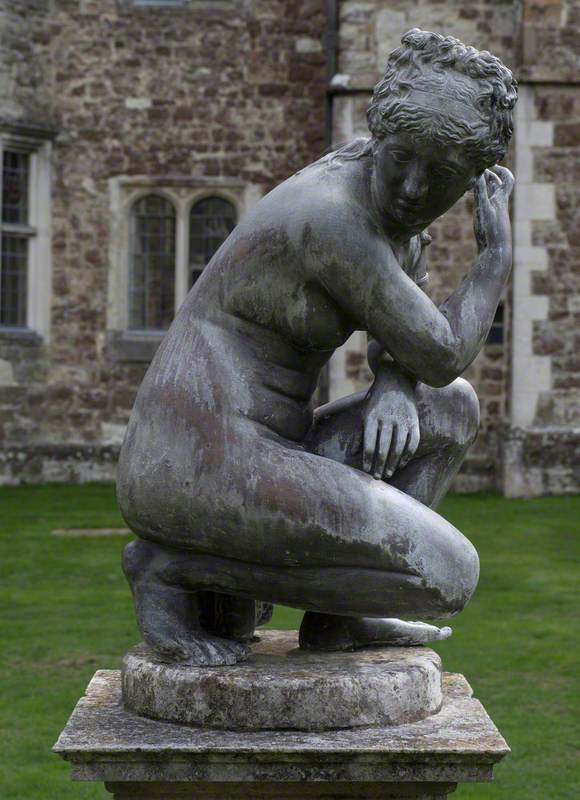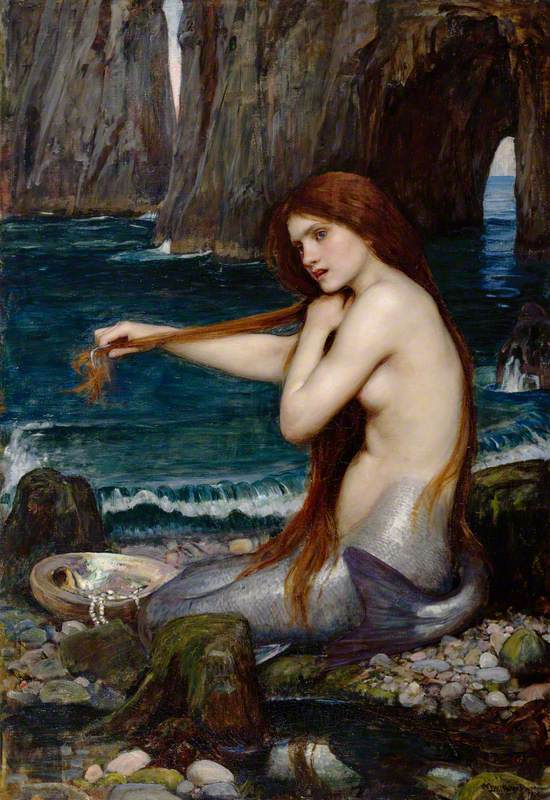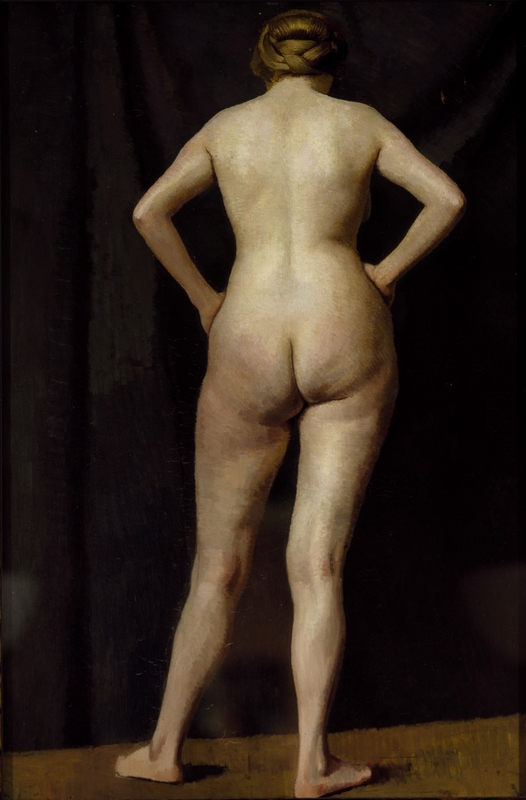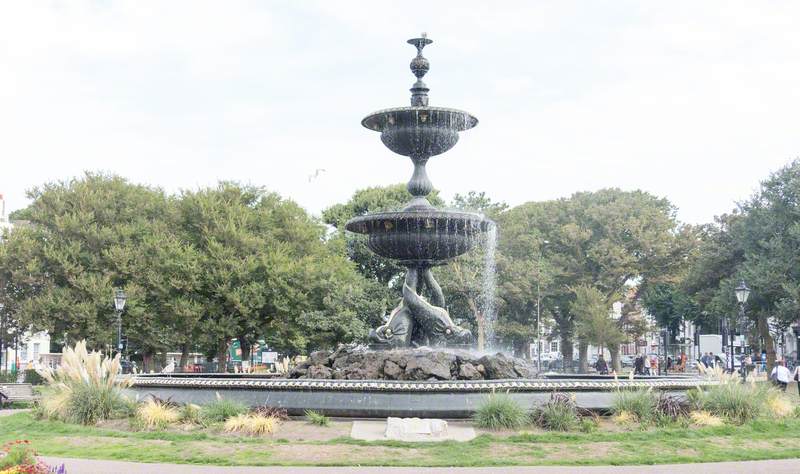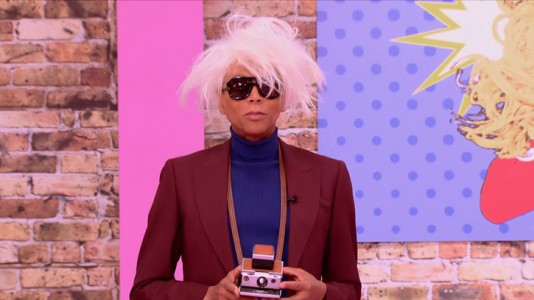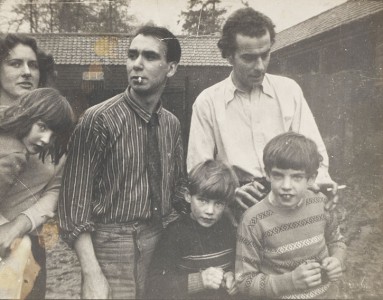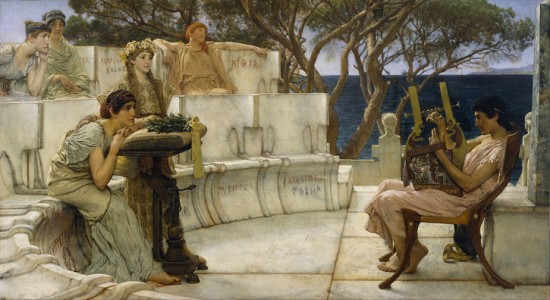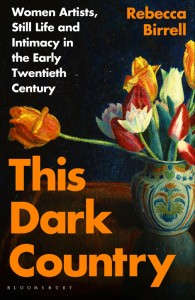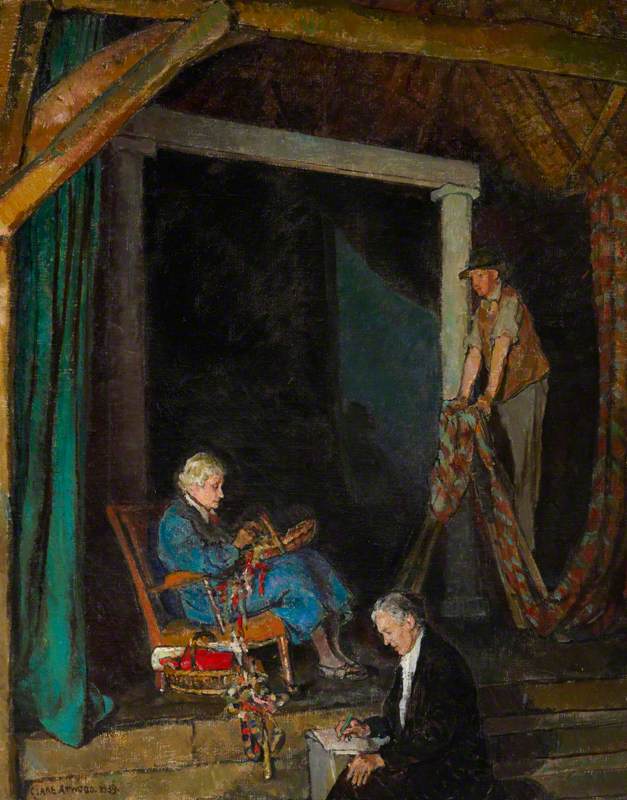In 2017 the UK marked 50 years since the partial decriminalisation of homosexuality. To mark the anniversary, the BBC celebrated LGBTQ+ life with the 'Gay Britannia' season, and we turned to the nation's art to uncover five extraordinary stories of queer lives, captured in portraits.
Vernon Lee: a tale of unrequited love
Vernon Lee was the pseudonym of the author and essayist born Violet Paget, and her story is one of unrequited love. This portrait, by her lifelong friend John Singer Sargent, captures something of her intentional gender ambiguity: Lee wrote of her chosen name that 'it has the advantage of leaving it undecided whether the writer be a man or a woman'.
During Lee's lifetime, queerness occupied a strange place. Close, devoted but non-romantic and non-sexual relationships between two young single women were common, and it can sometimes be difficult to discern where these relationships did cross over into the romantic.
However, in the case of Lee, the adoration of her close companion, the poet Mary Robinson, was tragically one-sided. Vineta Colby, in her biography of Vernon Lee, wrote that 'Mary offered a release for her (Lee's) long repressed hunger for love and reciprocal affection. That their relationship was and remained nonsexual in the physical sense is beyond doubt. But physical desire was not absent, at least on Violet's part.'
Vernon Lee suffered something like a nervous breakdown when Mary Robinson married a man. She later shared a relationship with Kit Anstruther-Thomson that took in being 'friends, lovers, co-workers and co-authors', ending only with Kit's death.
Radclyffe Hall: an androgynous trailblazer
This portrait – painted in the same year that women were first given the vote – depicts the woman born Marguerite Radclyffe Hall, who wrote as Radclyffe Hall, but was known simply as 'John' to her close friends and lovers. Hall is a resonant queer icon whose novel The Well of Loneliness is considered one of literature's most influential queer works.
Money and class afforded Hall a certain amount of freedom: gaining a substantial inheritance at the age of 21, she was able to discard the feminine clothes chosen by her mother, opting instead to buy herself tailor-made, androgynous dress. Her preferences could be passed off as 'eccentricity' in a society which did not yet have fully formed ideas of gay relationships. Hall and her long-term lover Una Troubridge could be, to the casual observer, merely close female friends.
Hall was relatively lucky, living with a certain amount of sexual and sartorial freedom. However, her life was not without controversy. The Well of Loneliness was subject to a high-profile obscenity trial – which even Winston Churchill felt compelled to weigh in on – though the novel's lesbian protagonists do nothing more than kiss.
Just 57 years down the line, Patti Smith would make androgyny the height of cool, posing for Robert Mapplethorpe on the cover of her seminal album Horses. But Radclyffe Hall was a pioneer.
Vita Sackville-West: Vita, Violet and Virginia
Could we really have done this piece without thinking of the Bloomsbury group: a radical experiment in queerness, polyamory – and art?
In this portrait, Sackville-West's gaze is unflinching and her posture defiant, but her clothes make her look feminine: no androgyny here. Yet there is more in this painting than meets the eye – this portrait is striking because Sackville-West used to turn up to sittings for Strang with her then-lover, Violet Trefusis: an act of bold defiance.
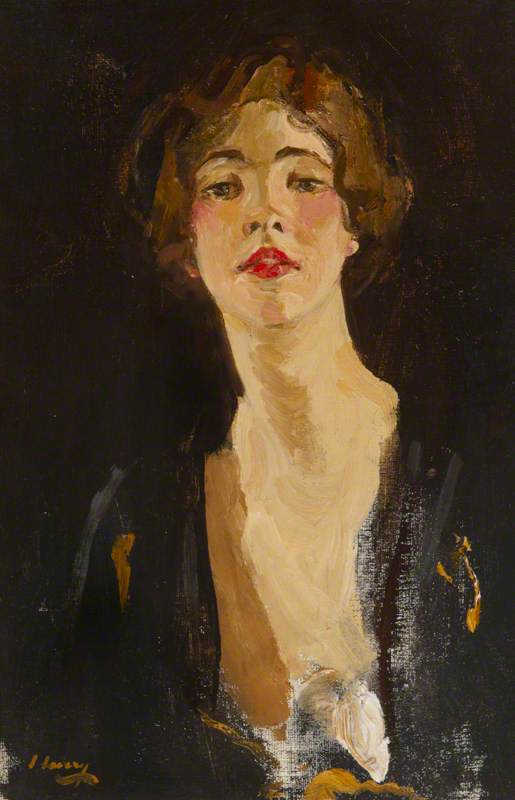
Image credit: National Trust Images
Violet Keppel (1894–1970), Mrs Denys Robert Trefusis 1919
John Lavery (1856–1941)
National Trust, Sissinghurst CastleWe have Vita's famous relationship with Virginia Woolf to thank for inspiring Woolf's genderbending novel Orlando, described as 'the longest, most charming love letter in literature' by Vita's son. Much of Virginia and Vita's correspondence survives: in one letter, Vita begins simply 'I am reduced to a thing that wants Virginia'.
Yet the earlier affair with Violet was equally passionate, taking place in the couple's early twenties, with all of the fervour of young love. Again, the letters survive, dramatic and full of passion. From Violet to Vita (where Violet uses the pet name 'Mitya'):
'Drunk with the beauty of Mitya! All today I was incoherent. I tell you, there is a barbaric splendor about you that conquered not only me, but everyone who saw you. You are made to conquer, Mitya, not be conquered... You could have the world at your feet.'
E. M. Forster: Merrill inspires Maurice
In 1913, E. M. Forster paid a visit to a friend, Edward Carpenter, then living with his partner George Merrill. Carpenter was an activist, a radical socialist fighting for both LGBT and class equality, 'in defiance of his times'. Merrill was his younger lover, a working-class man from Sheffield: they lived as an openly gay couple for 30 years.
During Forster's visit, Merrill (in an apparently characteristic gesture) touched him on the backside. Forster noted down later that this singular moment of connection was '...as much psychological as physical. It seemed to go straight through the small of my back into my ideas, without involving any thoughts'. In that moment, so the story goes, Forster realised that he could write a love story between men.
Yet Forster put out five novels in his lifetime, none of which featured same-sex love stories. For the last 37 years of his life, he didn't publish a single novel. Where did the love story between men go?
The answer was that it had been there the whole time: Forster had written Maurice in a rush of inspiration and simply not dared to publish it – the imprisonment of Oscar Wilde perhaps weighing heavily upon his mind. Forster only ever felt able to tell a close circle of friends about his sexuality.
The manuscript was bequeathed to the younger novelist Christopher Isherwood, who saw to it being published after Forster's death. This dramatic posthumous coming out led to a huge literary reassessment of Forster's works, with many critics suddenly realising why the heterosexual relationships depicted in his novels had never seemed to contain much passion.
The portrait above captures a rather pensive-looking man: in his diaries, Forster wrote: 'Now I am 85, how annoyed I am with society for wasting my time by making homosexuality criminal. The subterfuges and the self-consciousness that might have been avoided...'
Forster's story is not a tragic one. He had love affairs with men, most notably the policeman Bob Buckingham, who was with him as he died. But many have argued that his failure to produce a novel after A Passage to India was directly related to his stifled homosexuality: he was unable to publish fiction that reflected his own sexual desires.
Gluck: eluding all categorisation
Gluck's self-portrait has been the face of Tate Britain's 'Queer British Art' exhibition, and it's particularly striking to look at side by side with the more delicate Lilac and Guelder Rose. One is a defiant statement of identity, the other a gentler statement of love.
Lilac and Guelder Rose commemorates – or celebrates – Gluck's relationship with Constance Spry, who worked, among other things, as a flower arranger. Gluck lived for a time with Spry, and had other lovers at different stages of her life. A double portrait of herself and her lover Nesta Obermer was used as the cover for The Well of Loneliness.
Another pioneer in the art of androgyny, Gluck wore tailored suits, had her hair cut at a men's hairdresser, and had her footwear made by the royal bootmaker. As the site Jezebel puts it, Gluck was, 'the painter who subverted gender norms before it was a thing'.
Gluck's fierce independence marks her out from her contemporaries. She insisted on being known only as Gluck, 'no prefix, suffix or quotes', and she identified with no artistic school or movement. She showed her work only in specific exhibitions, where it was displayed in a frame Gluck had invented and patented. Gluck's paintings didn't stick to a theme, ranging from society portraits to war paintings, flowers to landscapes. Gluck evaded definition.
Molly Tresadern, Art UK Content Creator and Marketer
